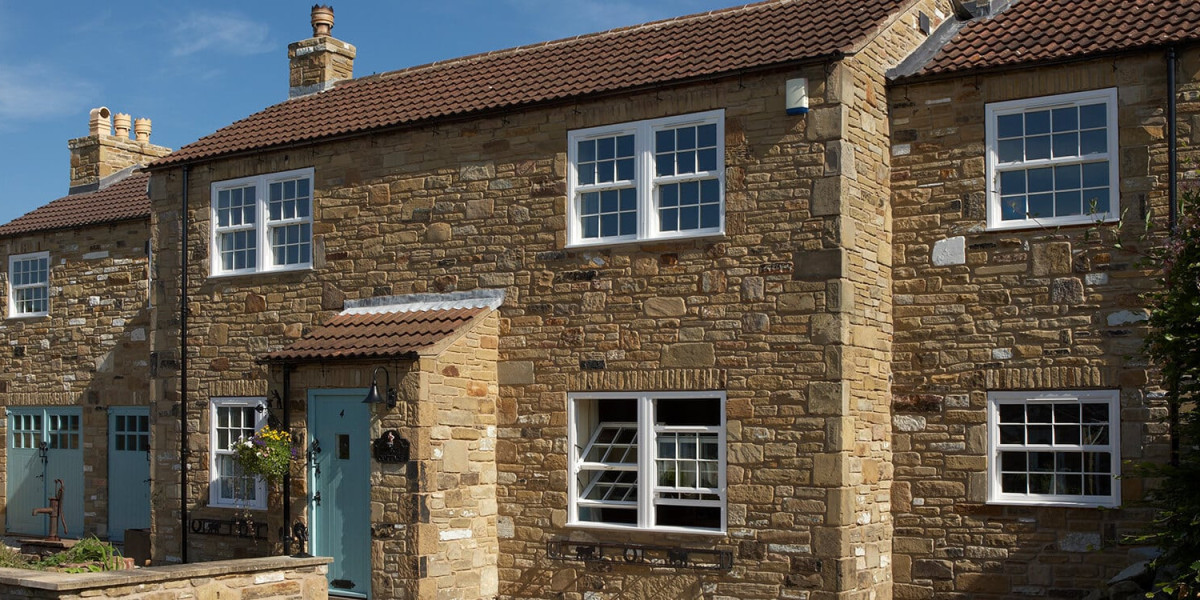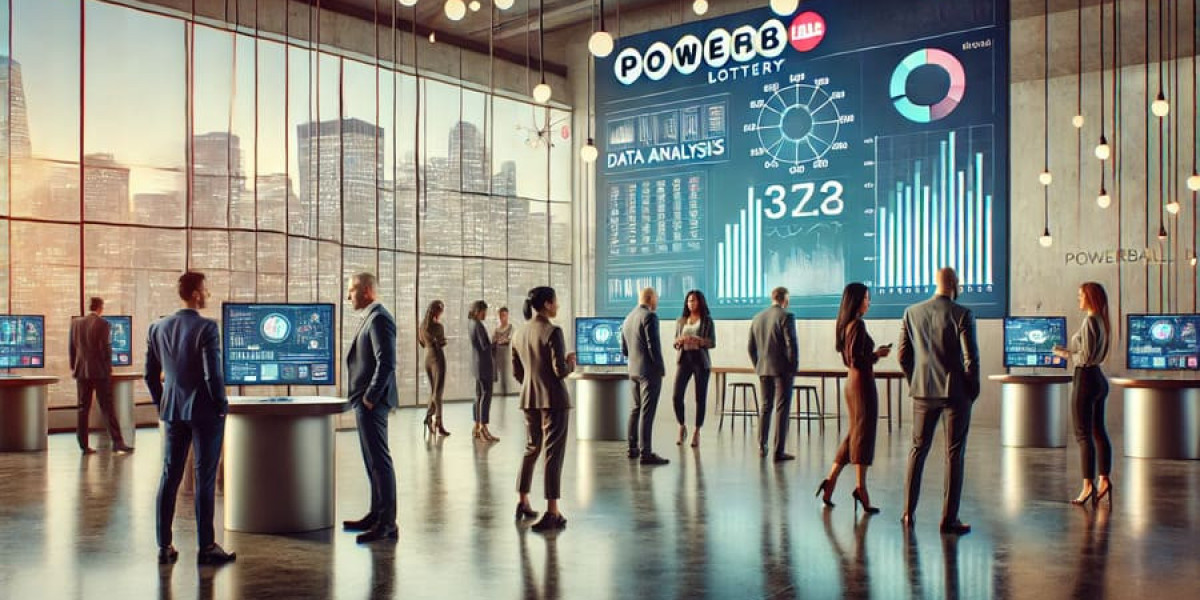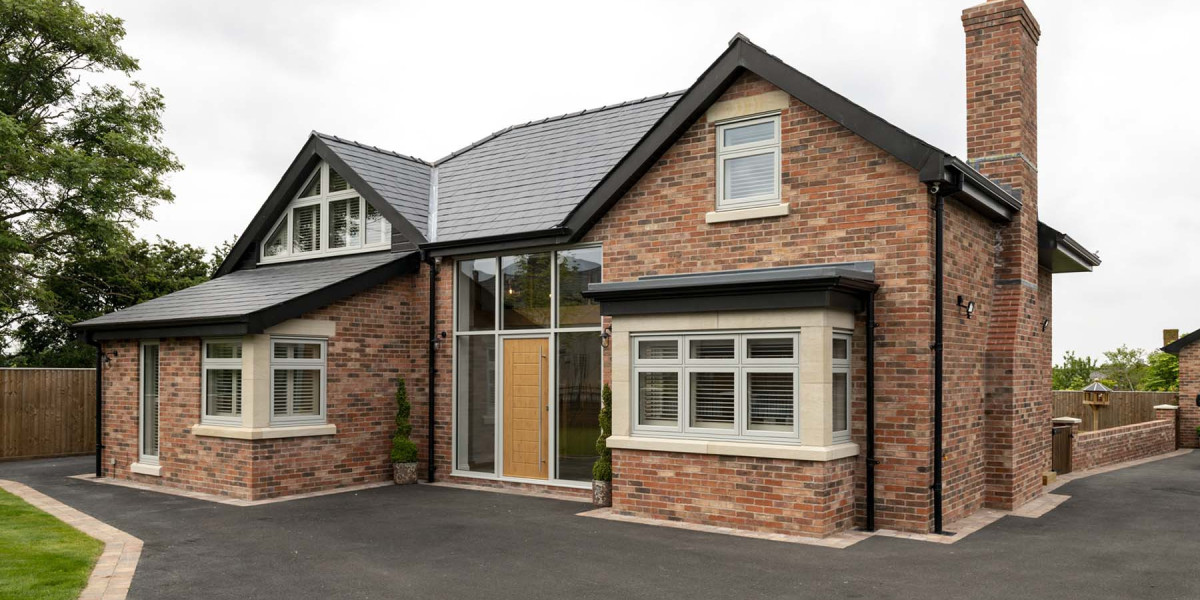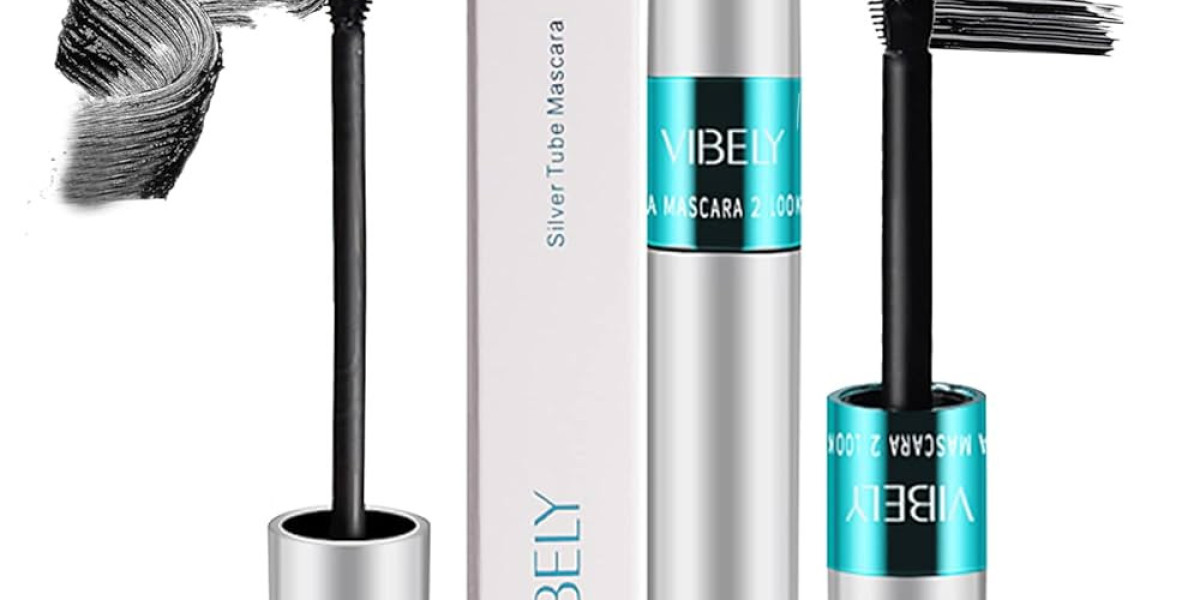In the realm of home improvement and construction, the choice of windows plays a significant role in defining not only the aesthetic appeal of a house but also its energy efficiency and overall comfort. Among the various materials available for Window Installation Ideal Glass manufacturing, Unplasticized Polyvinyl Chloride (UPVC) has emerged as a leading choice, thanks to its durability, low maintenance, and energy-efficient properties. Recent advancements in UPVC window technology have further enhanced their appeal, making them a smart investment for homeowners looking to improve their living environments. This article explores the latest developments in UPVC windows, focusing on energy efficiency, design innovations, security features, and environmental sustainability.
Energy Efficiency Enhancements
One of the most significant advances in UPVC windows is the improvement in energy efficiency. Traditional single-glazed windows are being replaced by double and triple-glazed UPVC windows, which provide superior insulation. The air or gas-filled spaces between the panes act as barriers to heat transfer, significantly reducing energy loss. Recent innovations have introduced advanced glazing options such as low-emissivity (Low-E) coatings that reflect heat back into the home while allowing natural light to enter. These coatings help maintain a consistent indoor temperature, reducing reliance on heating and cooling systems, and ultimately leading to lower energy bills.
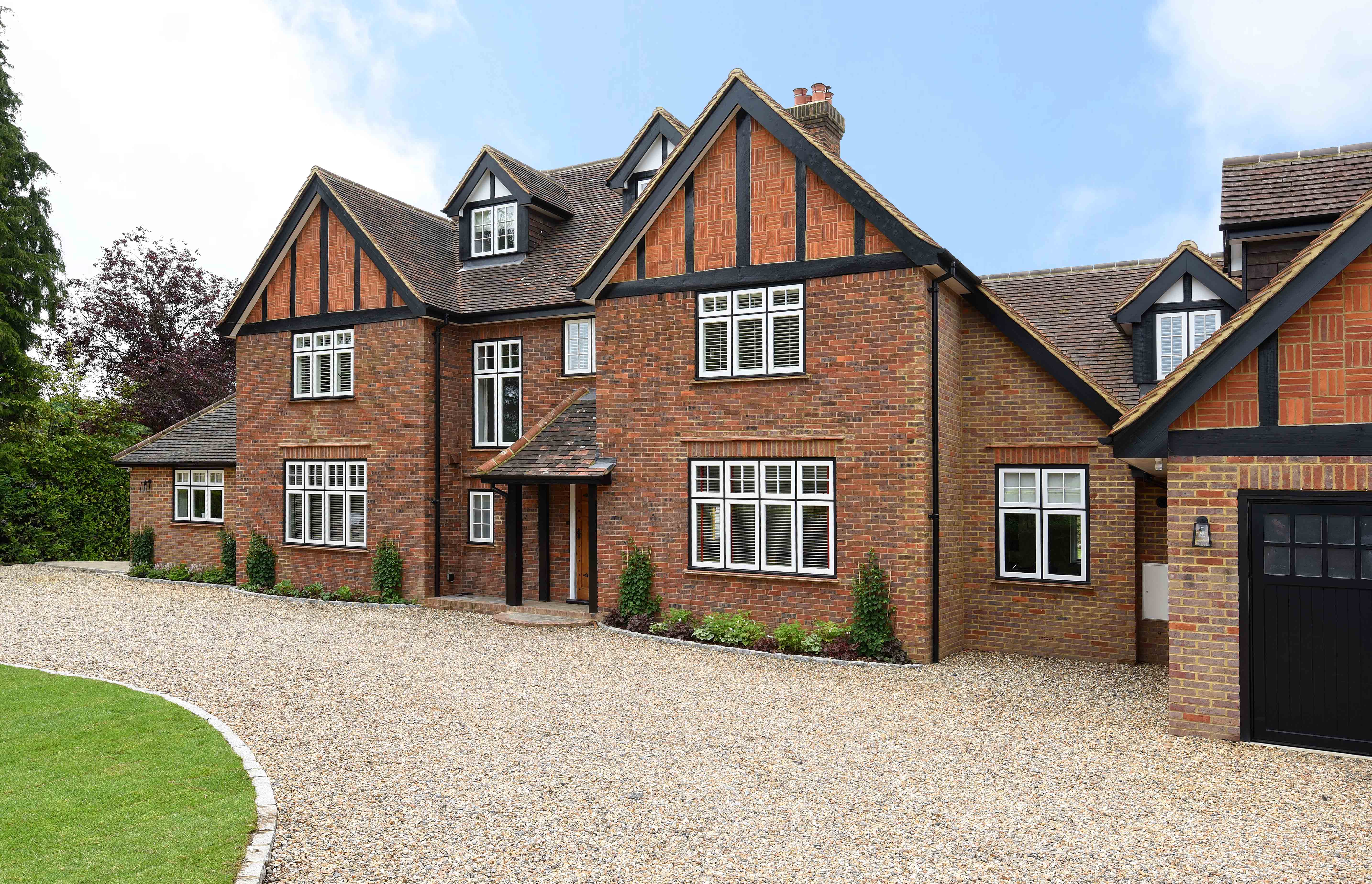
Moreover, manufacturers are now producing UPVC frames that are designed with multi-chamber technology. This design creates air pockets within the frame, further enhancing thermal insulation. By minimizing heat transfer, multi-chamber UPVC windows help maintain a comfortable indoor climate regardless of external weather conditions. As energy efficiency becomes increasingly important in construction and renovation, these advancements position UPVC windows as a top choice for eco-conscious homeowners.
Innovative Design Features
The aesthetic appeal of UPVC windows has also seen remarkable advancements. Traditionally, UPVC windows were often criticized for their limited design options and lack of visual appeal compared to wood or aluminum frames. However, modern UPVC windows now come in a variety of colors, finishes, and styles that can complement any architectural design. Manufacturers have introduced wood-like finishes that mimic the appearance of traditional wooden frames, providing homeowners with the classic look of wood without the associated maintenance challenges.
Additionally, the introduction of slimline UPVC frames has allowed for larger glass areas, enhancing natural light and providing unobstructed views. These slim frames not only improve the visual appeal of the windows but also contribute to better energy performance by maximizing the amount of sunlight entering the home. Customization options have also expanded, allowing homeowners to choose specific sizes, shapes, and configurations to suit their unique preferences and architectural requirements.
Enhanced Security Features
As concerns about home security continue to rise, UPVC windows have evolved to incorporate advanced security features. Modern UPVC window designs include multi-point locking systems that provide enhanced security compared to traditional locking mechanisms. These systems engage multiple locking points along the frame, making it significantly more difficult for intruders to force their way in.
In addition to locking systems, some UPVC windows now come equipped with reinforced frames and impact-resistant glass options. These features not only deter break-ins but also provide added protection against extreme weather conditions, such as high winds or hail. Some manufacturers have even integrated smart technology into UPVC windows, allowing homeowners to monitor and control their windows remotely. Such innovations represent a significant step forward in ensuring the safety and security of residential properties.
Environmental Sustainability
With growing awareness of climate change and environmental sustainability, the manufacturing processes and materials used in UPVC windows have come under scrutiny. Fortunately, recent advancements in UPVC technology have made strides toward more sustainable practices. Many manufacturers are now utilizing recycled materials in the production of UPVC frames, reducing the demand for new raw materials and minimizing waste.
Additionally, the durability of UPVC windows contributes to their sustainability. Unlike wood, which may require frequent replacement due to rot or damage, UPVC windows are resistant to weathering, corrosion, and fading. This longevity translates to fewer replacements over time, ultimately reducing the environmental impact associated with window manufacturing and disposal.
Furthermore, the energy efficiency of UPVC windows plays a crucial role in reducing a home's carbon footprint. By minimizing energy consumption for heating and cooling, these windows contribute to lower greenhouse gas emissions. Homeowners can feel confident that by choosing UPVC windows, they are making a responsible choice for both their homes and the environment.
Conclusion
The advancements in UPVC window technology represent a significant leap forward in the construction and home improvement industries. With enhanced energy efficiency, innovative design features, improved security measures, and a commitment to sustainability, UPVC windows are becoming the preferred choice for homeowners seeking comfort, style, and peace of mind. As technology continues to evolve, we can expect even more exciting developments in the world of UPVC windows, further solidifying their position as a leading option for modern homes. Investing in UPVC windows is not just about upgrading a home's appearance; it's about creating a more comfortable, secure, and environmentally friendly living space for years to come.
